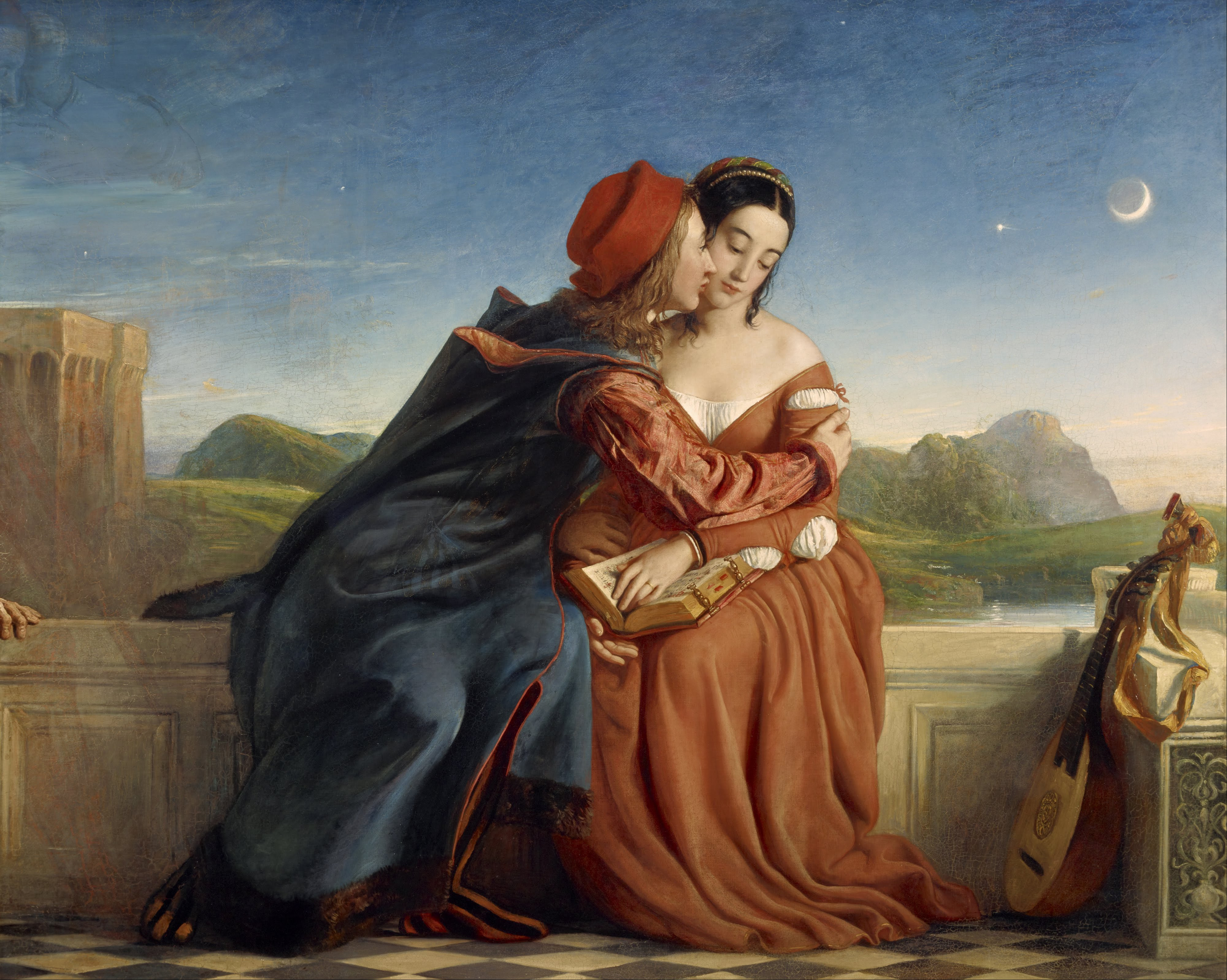Thursday, April 24
ART! An Examination of Art History
Sofia Carlisi '24 (Arts Editor, 143rd Board) in Arts | September 16, 2022

Visual arts, for appreciation's sake, is incredibly valuable. It has the ability to convey emotions and relationships without using a single word. One does not need to know anything about a piece of art to connect with it on a deeper level. As a reflection of the time period in which it was created, a piece of art also contains a hidden history of its own. To look at art is one thing, but to know the work’s story elevates the entire viewing experience.
Museums supply an ideal avenue for this elevated viewing experience, as they provide specific history and background for each piece of art.
The Scottish National Gallery, with its many beautiful paintings and sculptures, is the perfect place to be entranced by visual art. Two paintings that I saw there, in particular, deserve a deep dive into their rich history and fascinating origins.
This beautiful commissioned painting of Gertrude Agnew is a piece by John Singer Sargent. Sargent, the son of two Americans, was born in Florence, Italy, in 1856. Although he is considered one of the greatest American portrait painters, he spent only two years of his life in America.
In 1892, the Baronet of Lochnaw, Andrew Noel Agnew, commissioned Sargent to paint his young wife. Sargent’s painting of Lady Agnew secured his place in the elite artesian society of Great Britain. Sargent’s painting of Lady Agnew was first exhibited in the Royal Academy of London in 1893. The picture was an immediate hit at the academy, and it really is quite obvious why. Lady Agnew has a confident aura that emits from the painting. From her outfit and posture to her facial expression, she radiates power.
Sargent’s painting also elevated Lady Agnew into higher British society. What is so fascinating about this effect is that Agnew’s rise to celebrity is not so different from the social media influencers popular today. Similarly to Lady Agnew, many influencers showcase their beauty and confidence through a picture or videos, helping them become prominent members of society.
Lady Agnew used her newfound status to open a private salon in London. Salons were institutes aimed at providing women with higher education. Unfortunately, Agnew could not maintain her life of luxury and sold her own painting to the Scottish National Gallery in 1925. Lady Agnew gained her social notoriety from her painting, and yet, the only way she could maintain her status was to sell it.
Lovers on a balcony, what could be more romantic than that? Francesa da Rimini by William Dyce is a visual interpretation of Dante’s Inferno. Rimini, married to the ugly Gianciotto, instead falls in love with her husband's beautiful younger brother, Paolo. Enraged at his wife’s betrayal, Gianciotto murders both Francesca and his brother. Dyce’s painting originally portrayed Gianciotto to the left of the lovers, preparing to make his killing blows. In 1882, however, Gianciotto was cut out of the painting due to damages, and if one looks at where he used to be, one can see that only his hand remains in the picture.
Although Gianciotto’s lone hand is suggestive of the deeper meaning of the piece, it is easy to miss if one does not know where to look for it. At first glance, the painting is simply a couple happily in love, but knowing the piece’s history exposes its far more sinister meaning. What was once the image of two lovers before a tragic death is now a scenic painting of two people madly in love. It is so easy to forget the original purpose of a painting in the throes of time, but its ability to make people feel deeply is timeless!
Related Articles
- Mirror, Mirror, on the Wall... Who’s the Most Hated of Them all? Melina Kyriakopoulos ’27
- L Factor or L moment? Lawrentians Take the Stage Celestine Sutter ’27
- Spring Orchestra Concert Vincent Jie ’27
- Shedding Light on Julius Caesar Anton Popowitz ’26
- Threaded Up Thursdays: Intertwining Soul and Style Melina Kyriakopoulos ’27
Recent Articles
- Announcing: Valedictorian, Aurelian Speakers, and Faculty Speaker Sophie Liu ’27
- Senior Profile: Sophie Cheng ’25 Katherine Qiu ’27
- Debunking the Dining Hall Debate: Is Lawrenceville’s Dining Really That Bad? Isabelle Lee ’27
- Welcoming Our New VPs for 2025-2026 Sophie Liu ’27
- A Sweet Return: Melba Reopens with New Flavors and Community Spirit Ella Song ’27